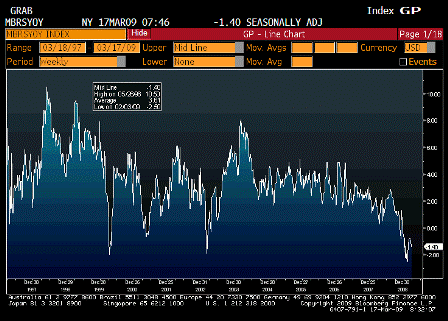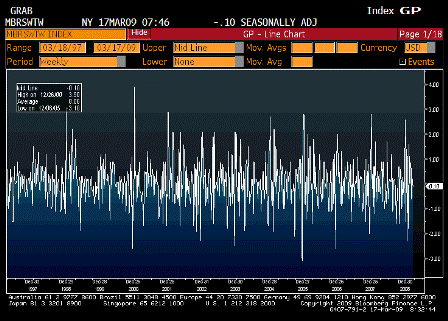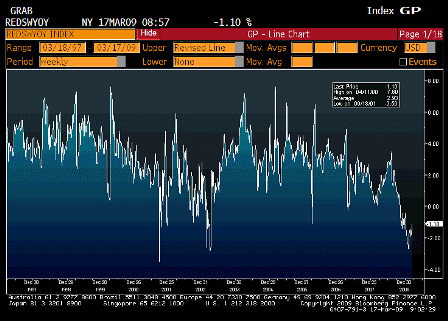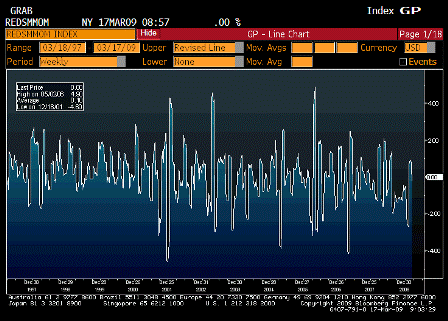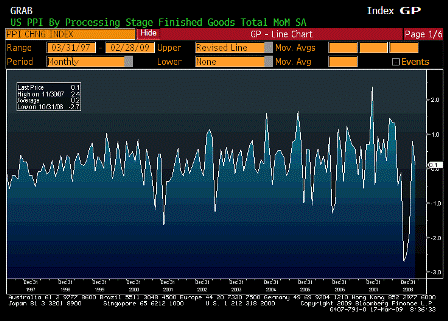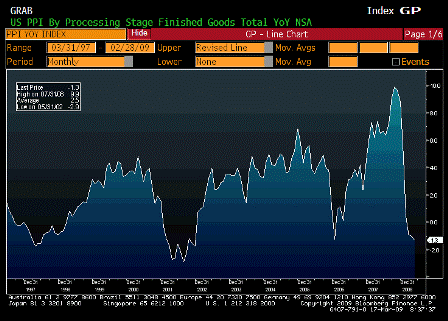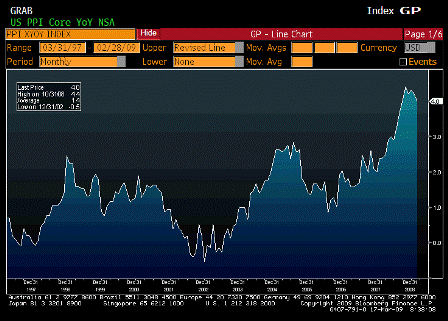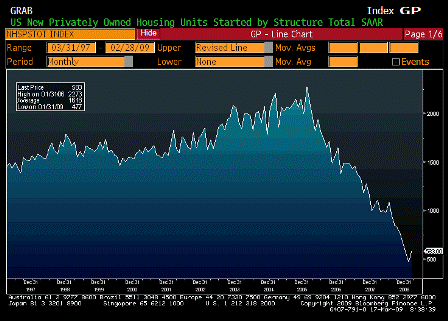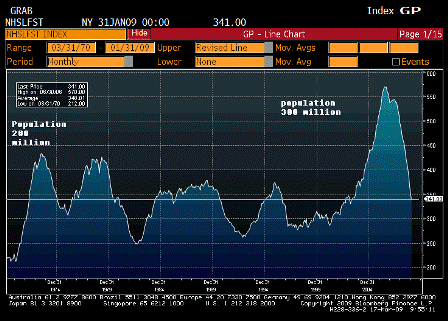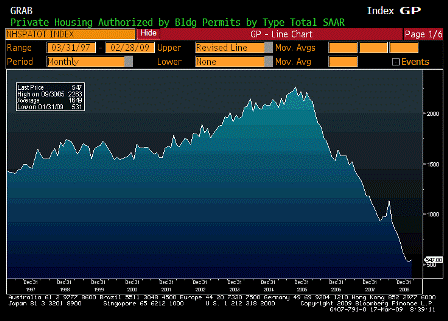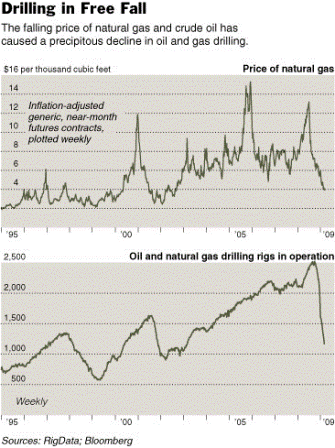Compare the TALF concept with my proposal:
The Fed can instead offer its member banks credit default insurance to support the Fed’s desire to support the lending it’s trying to support with the TALF.
For example:
The Fed can offer member banks default insurance on any AAA rated securities of newly originated auto loans, for a fee of, for example, 1% of outstanding balances.
Insuring against loss eliminates leverage limits on these securities for the banks.
This can be applied as desired to other financial assets the Fed is attempting to support with the TALF.
The advantages of this over the TALF are hopefully more than obvious.
(Yes, this is similar to what I proposed way back during the mortgage insurer crisis.)
Fed’s TALF Program Meets Resistance Over Foreign Worker Rules
by Scott Lanman and Robert Schmidt
Mar 17 (Bloomberg) — The Federal Reserve’s $1 trillion program to jump-start consumer and business lending is encountering resistance from investment firms over a new law that would make it harder to bring in employees from overseas.
Lawmakers inserted rules into last month’s stimulus legislation that prevent firms from replacing fired U.S. workers with foreign employees if they get funds under rescue programs.
Hedge funds, insurers and companies considering joining the plan may balk at hurdles involved in bringing in foreign talent.
The central bank has already delayed introduction of the Term Asset-Backed Securities Loan Facility, or TALF, which was first announced in November and originally scheduled to start last month. A further postponement or a limit to the number of investors participating would hamper the goal of thawing the market for securities backed by consumer and business loans.
“We need to be a little careful about how much we micromanage these financial institutions,” said Clay Lowery, a former assistant Treasury secretary, who is now a managing director of the Glover Park Group in Washington.
The securities industry’s main trade group alerted members to the issue on March 13, six days before the rescheduled start of the TALF.
Companies that apply for a visa on behalf of a foreign worker can’t dismiss employees in similar positions 90 days before and 90 days after requesting the visa, and have to prove they attempted to recruit a U.S. worker first.
Visa Burden
The Fed is working with the Homeland Security Department’s U.S. Citizenship and Immigration Services to provide guidance on the issue.
The law applies the restrictions to any recipient of funds under section 13 of the Federal Reserve Act. The TALF and most other Fed lending programs were authorized under that section.
The visa provision adds a burden to what participants already expected to be a slow start to the TALF, which is aimed at reviving the market for securities backed by auto, education, credit-card and small-business loans.
Fed Chairman Ben S. Bernanke and Treasury Secretary Timothy Geithner are counting on investors such as hedge funds to use cheap Fed loans to buy the securities, helping lenders lower rates and loosen other terms on new loans to consumers and businesses. The Treasury is funding 10 percent of the TALF loans from the $700 billion financial-rescue fund.
The New York Fed, which is administering the TALF, starts accepting applications for loans through the program today at 10 a.m. Originally the Fed planned a two-hour window for applications, then announced March 13 that the period would be extended until 5 p.m. on March 19, saying participants requested more time to complete documentation.
[top]

